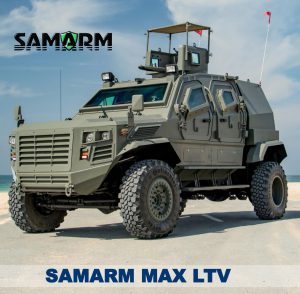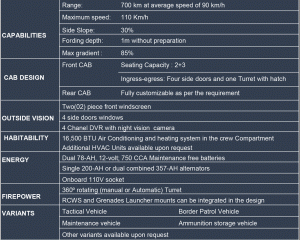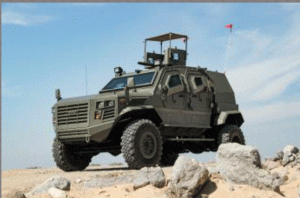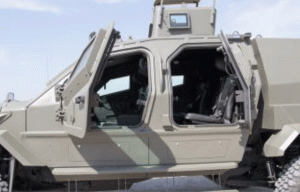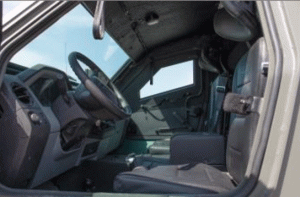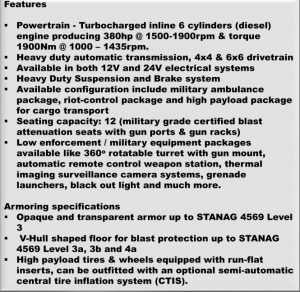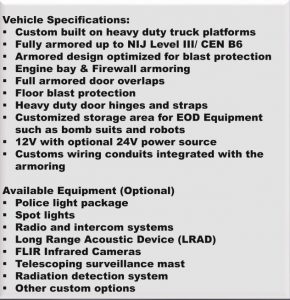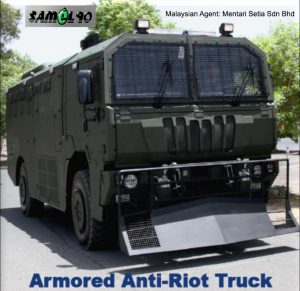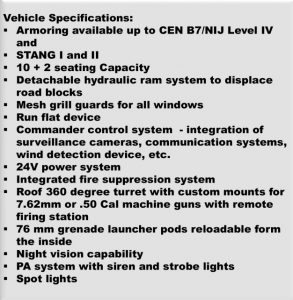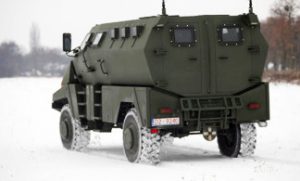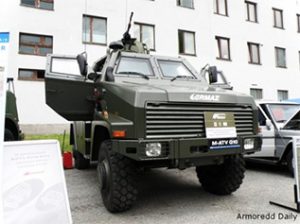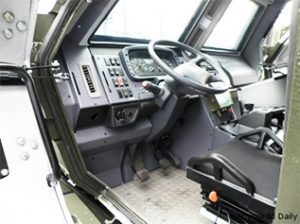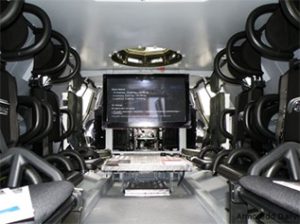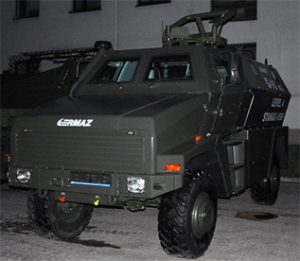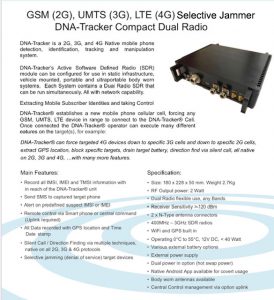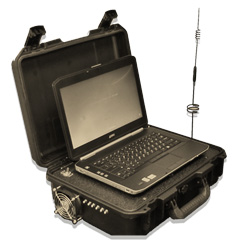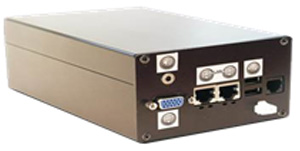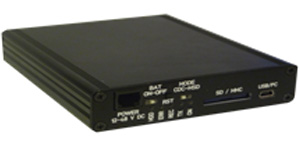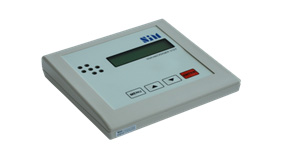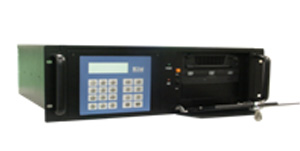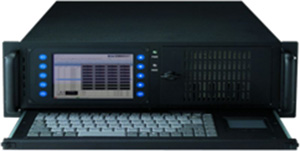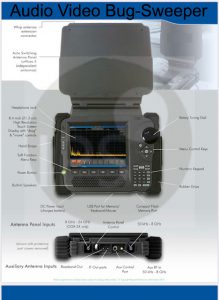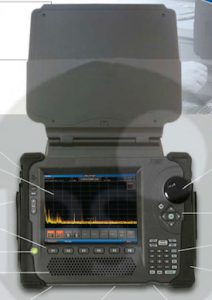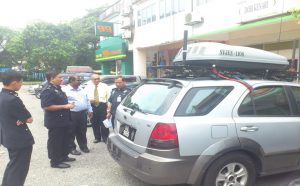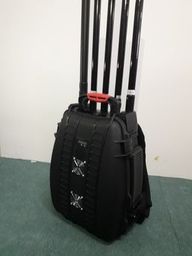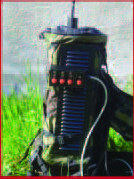Drone jammers in the military and commercial came to existence with the rise of commercial drones. It has raises concerns to the public and law enforcement agencies primary due to the infringement on privacy. Today, the use of drone jammers are not restricted within the military, but also in commercial use. Video and pictures taken by drones are usually taken at position that are assumed as not being able to be reach by humans.
There are a wide variety of UAV shapes, sizes, configurations, and characteristics. Commercial or civilian drones are of special concern. Most drones have high-resolution cameras that can invade your privacy. They can capture images of you and your personal property.
These drones are also a nuisance towards the public whether unintentional or intentionally. Noises made by these drones are irritating and disrupting. Apart from being a nuisance, inexperience operators flew drones into commercial airspace and cause airports to issue warning to aircrafts. This could causes delays and public safety concerns.
Counter Drone
Drone Jammers are machine which are designed to neutralize these drone by sending electromagnetic noise at the drone signals. Radio frequencies with the purpose of overriding the same radio and GPS signals a drone use to operate. Drone jammers frequency generally assigned at 2.4hz or 5.8hz which are public frequencies non-assigned to manned aircraft, radio public broadcasting or cell phone signals.
Drone jammers often look very similar to guns and operate by projecting the jammer signal in the shape of a cone of about 15-30 degrees. When a drone gets hit with the jammer’s signal, the common response is the drone to return back to its point of origin (Unless GPS is also jammed). This will give the jammer operator the option to track the drone back to the pilot. In other cases, jamming may cause the drone to land on the spot in order to conduct a forensic investigation.
The heavy-duty drone jammers on the market can work from up to several kilometers away. It will be increasingly more effective as the pilot’s remote gets further from the drone. This technology is actually a win-win for both pilots and controlling agencies as it presents far less risk than other drone countermeasures. It also allows in most situations for the pilot’s drone to remain unharmed.

